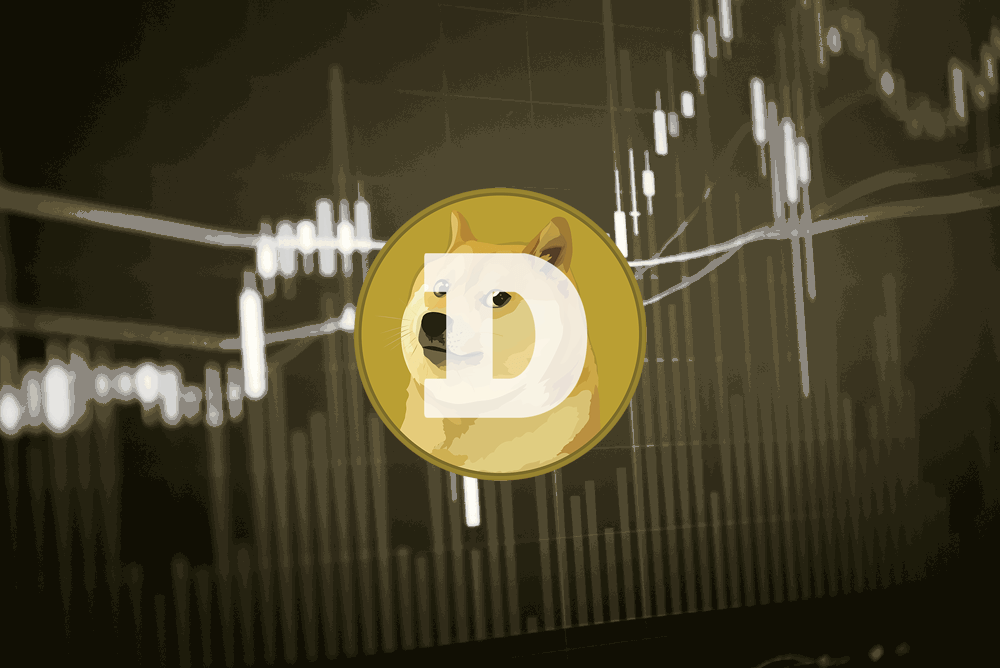While the cryptocurrency markets are going through a difficult period, popular altcoins SHIB, DOGE, and ETH stand out with their critical developments. Here are the details…
Whales’ interest grows as SHIB burns continue at full speed
According to the Shibburn website, the burn rate of the Shiba Inu (SHIB) has increased by about 231 percent. A portion with 196,820,007 SHIB tokens was destroyed. Besides that, millions of SHIBs were sent to dead wallets in different transactions in the last hours. Also, expectations remain regarding new projects such as the SHI stablecoin, which SHIB lead developer Shytoshi Kusama says could launch in 2022. According to the latest updates shared by Unification, the Shibarium beta phase could start in Q3 of 2022. Besides, the relative strength index, which is an indicator of momentum, could indicate that the Shiba Inu price is ready for a short-term move. The indicator is currently above the neutral mark of 50 and meanwhile is hitting the “55” mark suggesting an advantage to buyers.
In the past 24 hours, there have been a total of 196,820,007 $SHIB tokens burned and 25 transactions. Visit https://t.co/t0eRMnyZel to view the overall total of #SHIB tokens burned, circulating supply, and more. #shibarmy
— Shibburn (@shibburn) July 10, 2022
The Shiba Inu is also trading above the previous short term resistance at $0.0000010. If buyers emerge at current prices, the next major resistance remains at $0.000021. If rejected, SHIB could retest support at $0.0000010. According to WhaleStats data, the Shiba Inu is among the seven most purchased assets by the first 2,000 ETH whales. On July 8, a crypto whale bought an astonishing 1 trillion SHIB in four major transactions of around 250 billion SHIB. The Shiba Inu was also among the top 10 in trading volume between the top 100 and 5,000 ETH whales.
10.9 percent of Ethereum supply is invested in ETH 2.0
According to Glassnode, the total amount of ETH invested in the 2.0 contract has exceeded 13 million ETH, or 10.9 percent of the total supply. Of that, Lido held 4.13 million ETH, or more than 31.8 percent of the total shares, and Coinbase, Kraken, Binance collectively owned about 3.5 million ETH, or about 27 percent of the total shares. To become a validator on Ethereum’s Beacon Chain, which went live in December 2020, investors were required to deposit 32 ETH in an Ethereum 2.0 contract with no specific withdrawal date. Lido allows users to stake ETH using automated, self-executing financial contracts and receive returns in stETH, which can eventually be exchanged for 1:1 Ethereum, but not possible until post-merge.
Total $ETH deposited in the 2.0 contract has now surpassed 13M $ETH, which is 10.9% of circulating supply.
Lido accounts for 4.137M $ETH, commanding over 31.8% of the total stake.
By comparison, Coinbase, Kraken, and Binance combined account for 3.505M $ETH, 27% of the total. pic.twitter.com/krbxtQS9g0
— glassnode (@glassnode) July 9, 2022
Lido is currently Ethereum’s fourth largest DeFi protocol with a total locked value (TVL) of $5.05 billion, according to DefiLlama data. In terms of depositors, the platform accounts for the majority, or 31.8 percent of the total stake on the Beacon Chain, with 4,137 million ETH. According to on-chain analytics company Glassnode, after the 75 percent drop in the price of ETH from ATH, most of the stakers are now at a loss. A total of 8.02 million, or 62 percent of the total stake, was invested before ETH’s record high of $4,867. For the first time in two years, Ethereum’s average transaction costs fell below the $0.90 threshold, according to on-chain analytics firm Santiment.
For the first time in two years, Ethereum’s average transaction costs fell below the $0.90 threshold, according to on-chain analytics firm Santiment.
Dogecoin rises 78,000 percent from all-time low
Dogecoin is still much higher than its historic low of $0.00008690, up 78,638.3 percent, despite the recent dips in the market. Even then, Dogecoin is down 89.17 percent from its all-time high in 2021. As we reported on cryptokoin.com, in early 2017, the price of Dogecoin had started to rise after years of stagnation. Then, investments in the crypto market increased significantly for the first time, causing altcoins to experience massive spikes in price. In just 70 days, DOGE has risen more than 1,890 percent from its initial value of $0.0021 on May 21 to $0.0042. Dogecoin fell 75 percent shortly after during a two-week market downturn that affected all cryptocurrencies.

Dogecoin surpassed $0.02 in the first week of 2018, up 380 percent from previous peaks. However, this only lasted for a short time as the price dropped nearly 70% to $0.0047 in just eight days. In late January 2021, the “Wallstreetbets (WSB) frenzy” spread to Dogecoin, and its price soared to $0.087 in less than two days, a gain of 1,100%. Then, in May 2021, Dogecoin rose to an all-time high of $0.74, leading Elon Musk’s SNL appearance, gaining nearly 12,000 percent in four months. Dogecoin surged a short 15 percent in January after electric car maker Tesla announced that it was starting to accept the cryptocurrency as payment for goods.







